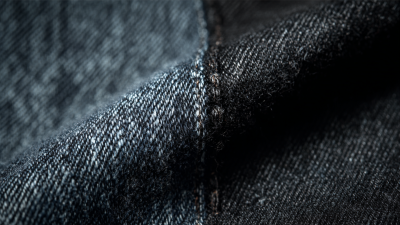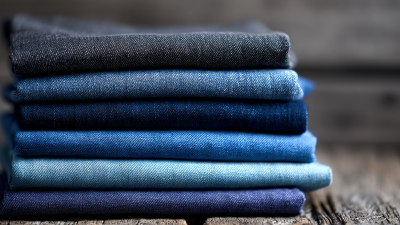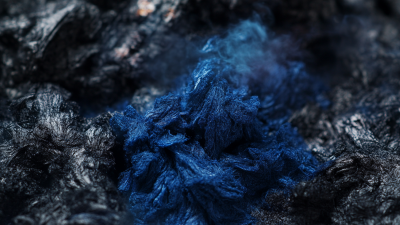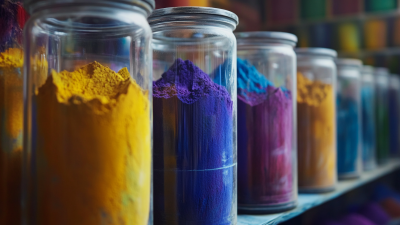The art of Denim Dye has seen a remarkable evolution in recent years, with a growing demand for sustainable and innovative dyeing techniques. According to a report by the Cotton Incorporated Lifestyle Monitor, approximately 57% of consumers indicate a preference for jeans produced with environmentally-friendly processes. This shift in consumer consciousness has driven brands to refine their dyeing methods to not only meet aesthetic expectations but also align with environmental stewardship. Furthermore, the global denim market is projected to reach USD 76.4 billion by 2025, highlighting the importance of mastering denim dye techniques in a competitive landscape. As the industry continues to embrace technological advancements and eco-friendly practices, perfecting the art of denim dye becomes essential for those seeking to stand out in this vibrant market. The following tips will guide you in achieving exceptional results and enhancing the longevity of your denim.
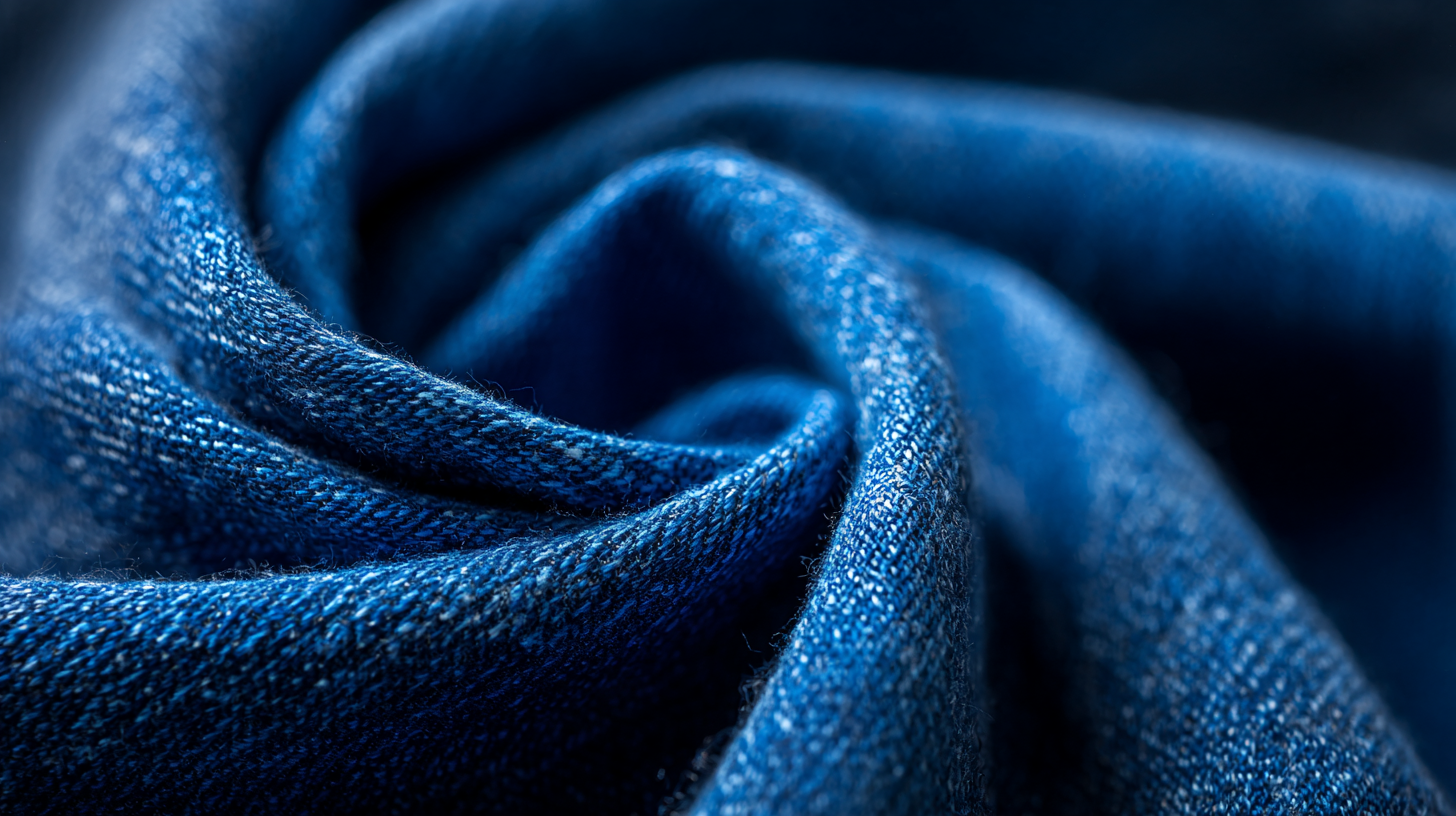
When it comes to achieving vibrant and long-lasting denim dye results, selecting the right fabric is crucial. Not all denim is created equal; the composition and weave can significantly influence how well the fabric absorbs dye. For optimal absorption, consider using 100% cotton denim, as its natural fibers tend to retain dye more effectively than blends. Additionally, look for denim with a tighter weave, which can facilitate a more uniform dyeing process and prevent uneven coloration.
Moreover, pre-treating your fabric can enhance dye absorption. Washing the denim before dyeing eliminates any finishes or coatings that may hinder the dye penetration. Furthermore, soaking the denim in a mild solution of salt or vinegar can help open up the fibers, allowing for a deeper color absorption. Experimenting with different fabric weights and textures can also yield unique results, offering a range of finishes from soft and faded to rich and saturated. By carefully selecting and preparing your denim, you can unlock the full potential of your dyeing techniques and create stunning, personalized pieces.
When it comes to denim dyeing, understanding the different types of dyes available is crucial for achieving the desired results. There are primarily two types of dyes used in denim production: reactive dyes and indigo dyes. Reactive dyes bond chemically with the fabric, offering vibrant colors and excellent wash fastness, making them ideal for creating bold patterns and unique designs. On the other hand, indigo dyeing, a traditional technique, lends a classic look to denim. This dye is known for its unique fading properties, which contribute to denim’s character over time, making it a favorite among artisans and enthusiasts alike.
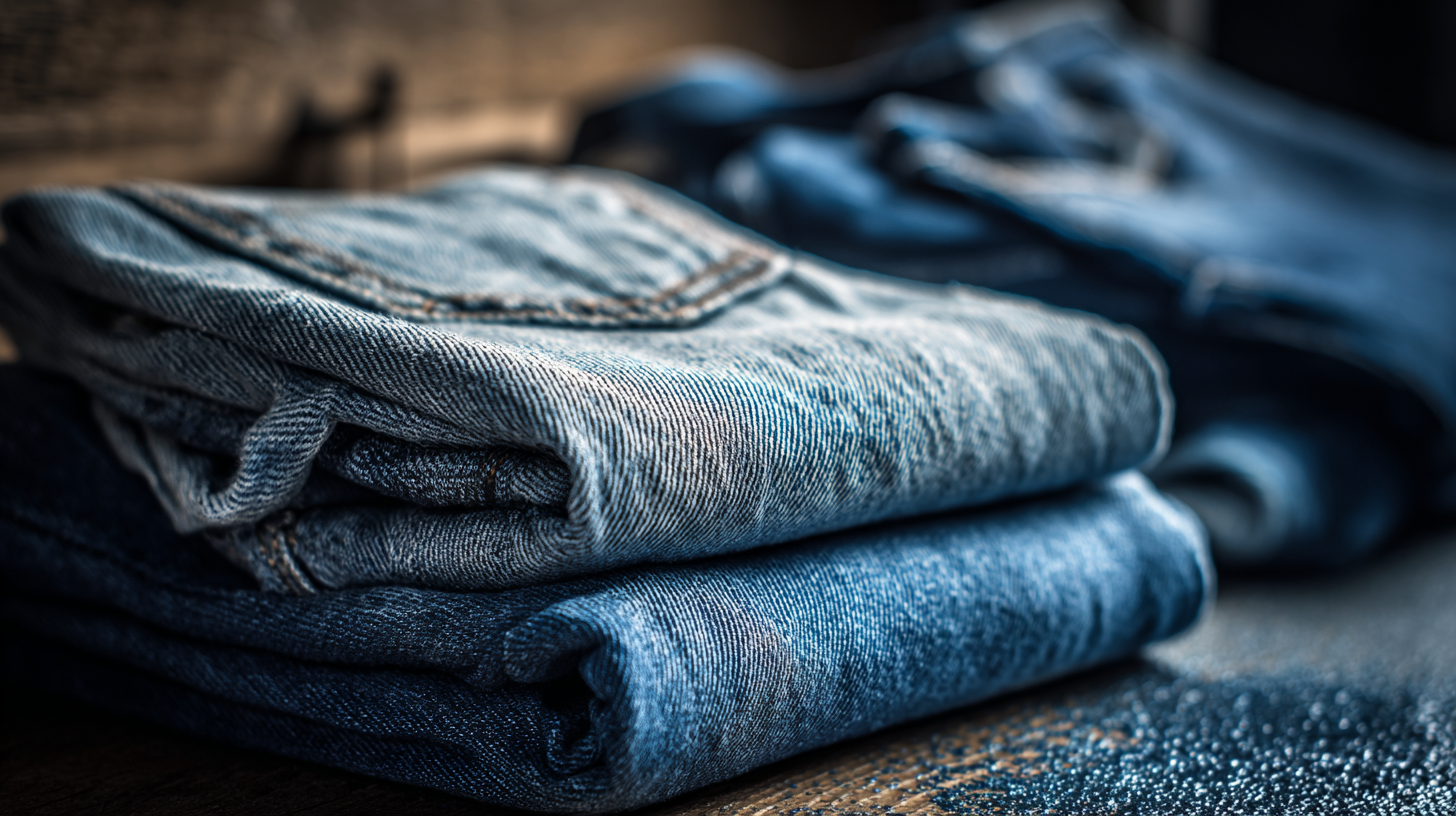
Each type of dye has its specific applications, depending on the desired aesthetic and longevity of the color. For instance, if you're looking to create richly pigmented denim, reactive dyes may be your go-to option. However, if you aim for that iconic blue denim with a vintage feel, indigo dye is essential. Additionally, the method of application plays a significant role in the outcome; techniques like dip dyeing and tie-dyeing can yield different visual effects. By mastering these dye techniques and understanding the properties of each dye type, you can enhance your denim creations and ensure they stand out.
Preparing your denim properly is crucial for achieving the best results when dyeing fabrics. The pre-wash process is one of the first steps in this journey. According to a report from the American Association of Textile Chemists and Colorists, pre-washing helps to remove any finishing agents or dirt that may hinder dye absorption. This step not only ensures that the dye penetrates the fabric more evenly but also enhances the overall vibrancy and longevity of the color. Experts recommend washing denim in warm water with a mild detergent to prepare it for the dyeing process.
In addition to pre-washing, scraping techniques play a pivotal role in denim preparation. Scraping involves using sandpaper or a similar abrasive tool to distress parts of the fabric slightly before dyeing. This method not only adds an interesting texture but also allows the dye to settle into the scraped areas differently, creating a unique, personalized look. According to the Textile Research Journal, denim pieces treated with scraping techniques can enhance color differentiation by up to 30%, offering a more dynamic and engaging aesthetic. Careful application of these techniques can significantly elevate the quality of your dyed denim.
When it comes to achieving a flawless denim dyeing process, even color application is key. To begin, it's crucial to choose the right dye and ensure that your denim is clean and prepped. Start by washing the fabric to remove any finishes that may inhibit dye absorption. Once prepped, the dye should be dissolved thoroughly in water, following the manufacturer’s instructions closely. Mixing the dye in a larger container allows for an even distribution, which is essential for that uniform appearance.
As you dip, soak, or spray the fabric, keep the denim moving. Agitation helps to avoid uneven patches, creating a smoother tone across the entire piece. For direct immersion, consider using a wide pot that allows the fabric full mobility. Additionally, pay attention to the timing—too long or too short in the dye bath can lead to inconsistencies. Once you have achieved your desired shade, remember to rinse the fabric in cold water until the water runs clear, locking in the color and ensuring that it maintains its vibrancy over time. Following these techniques will elevate your dyeing skills and ensure stunning results with every project.
When it comes to preserving your newly dyed denim, post-dye care is crucial for maintaining that vibrant color and preventing fading over time. After dyeing your denim, it’s essential to set the color properly. This can be achieved by rinsing your denim in cold water with a bit of vinegar to help lock in the dye. Consider waiting at least 24 hours before the first wash; this allows the dye ample time to bond with the fabric.
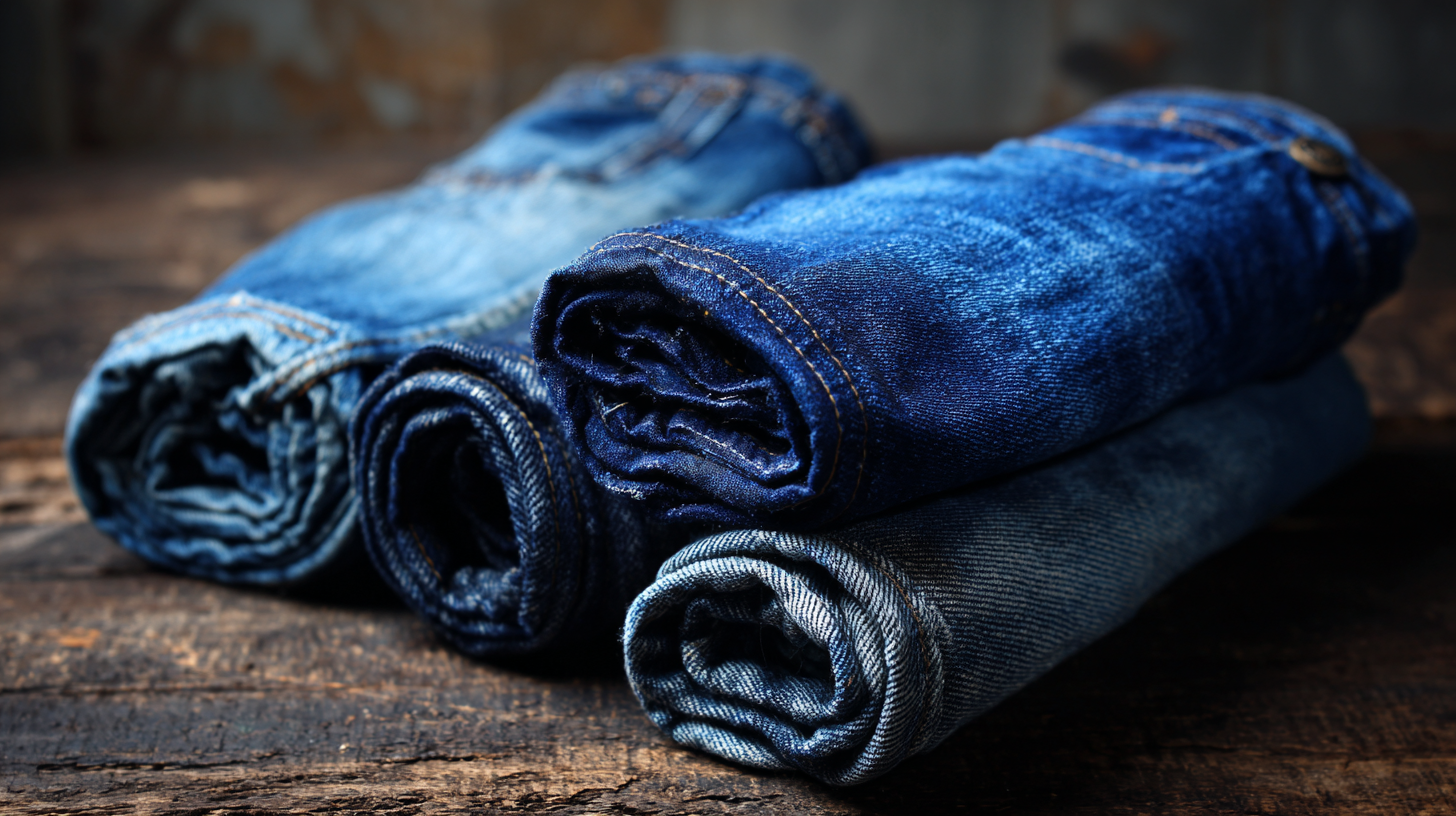
Once it's time to wash, opt for a gentle detergent specifically designed for colored fabrics. This will help protect your denim’s hue while effectively cleaning it. Additionally, turn your jeans inside out before washing to minimize friction, which can lead to fading. Lastly, avoid high heat when drying; air drying or using a low-heat setting will not only help preserve the color but also extend the life of your denim. By following these careful post-dye practices, you can ensure your denim stays as striking as the day you dyed it.
